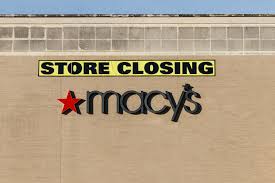The department store has been a dying business for 50 years. That’s not hyperbole—it’s a fact. Ever since the rise of the shopping mall, the explosion of discount retailers like Walmart and Target, and now online shopping, the traditional department store model has been on life support. And what has management done over the past five decades to stop the bleeding? Not much. It reminds me of A&P—the grocery giant that once ruled the U.S. market and then slowly faded into nothing over 60 years. Death by inertia.
Here’s the thing: your business probably won’t die tomorrow. Businesses rarely go out in a blaze of glory. Most of the time, the end comes slowly, and you won’t realize you’re in trouble until the doors are about to close. The issue is that dying businesses tend to follow the same script. They do nothing to change course. They’re stuck in a death spiral of outdated thinking, bad leadership, and fear of real change.
I’ve seen it firsthand. I worked for a TPA where the business was in a constant state of reorganization—every year, a new structure, new roles, same old problems. The guy running the place once said if this new structure didn’t work, he’d fire himself. Well, it didn’t work—and surprise, he stayed right where he was while the ship kept sinking.
The retirement plan industry isn’t immune to this. It’s an ever-evolving business. Regulations shift, technology changes, client expectations grow. If you’re not adapting, you’re falling behind. And if you keep running your business like it’s 2005, don’t be surprised when you’re treated like a department store in 2025.
Change with the times—or get left behind. The choice is yours.







